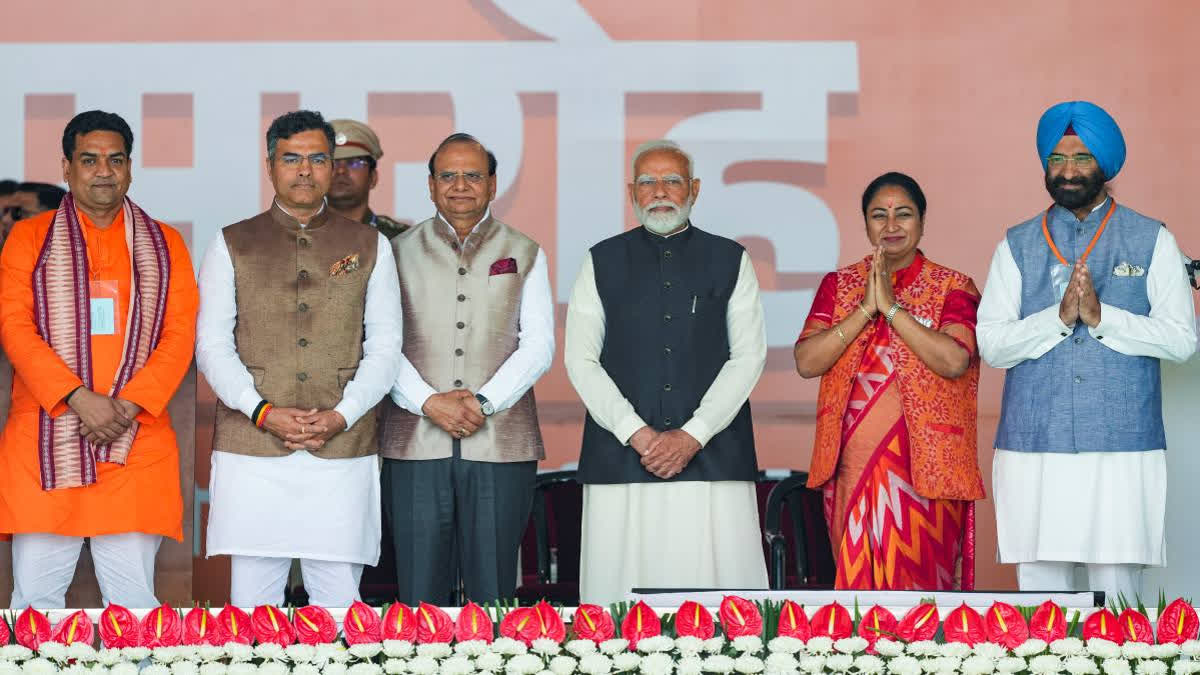New Delhi: The Bharatiya Janata Party (BJP) has carefully balanced caste and regional representation in its cabinet formation in Delhi. After a 27-year gap, the saffron has returned to power in the national capital, and its political strategy reflects a keen understanding of the mega city's diverse social fabric. By ensuring representation from all major communities, the BJP has fortified its position in the region.
A notable decision in the cabinet formation was making Rekha Gupta, a member of the Vaishya community, the Chief Minister. This move aims to please the business class, traditionally aligned with the BJP, and bolster the party's traditional vote bank. Additionally, elevating a woman to such a prominent position is expected to draw more women voters towards the party.
The BJP also targeted the Jat and Gurjar communities, which have substantial representation in Delhi's rural outskirts. To appeal to this demographic, the BJP appointed Parvesh Verma, a political figure with a strong hold over the Jat community. Verma, who defeated AAM Aadmi Party (AAP) national convener Arvind Kejriwal from the New Delhi constituency, is seen as an influential voice in BJP's outreach to this group.
Recognising the importance of the Sikh community in Delhi, particularly in West Delhi, the BJP included two prominent figures- Manjinder Singh Sirsa and Ashish Sood in its cabinet. The party's move to engage with the Sikh vote bank reflects its continued effort to maintain strong support from this community, which plays a vital role in the capital's political landscape.
In a strategic move to gain favour with Dalit voters, the BJP also appointed Ravindra Indraj Singh, a leader from the Scheduled Caste community, to the cabinet. The Dalit vote has been crucial for AAP, but with this appointment, BJP aims to sway this segment of the electorate in its favour.
To cater to the core Brahmin community, the party made Kapil Mishra, known for his strong Hindutva stance, a minister in Delhi. His inclusion is expected to solidify BJP's Brahmin vote base, further strengthening its position.
Finally, in a bid to appeal to the large Purvanchal voter base in Delhi, BJP appointed Dr Pankaj Kumar Singh, who hails from the Rajput community, as a minister. With his inclusion, the BJP seeks to gain the support of both Purvanchal and Rajput voters.



